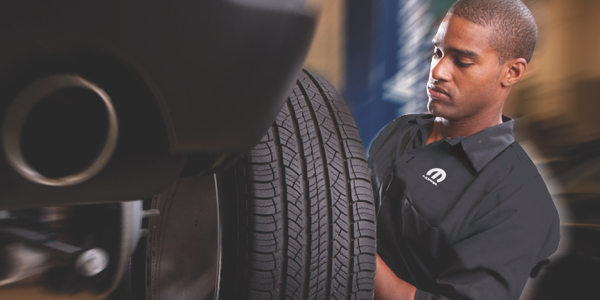Tire Repair Service Myths Debunked: Separating Truth From Fiction
In the world of automobile maintenance, tire fixing holds a significant area, yet it is usually shrouded in misconceptions and mistaken beliefs that can cause complication for car owners. Understanding the distinction in between fact and fiction when it involves tire fixing is vital for making sure both security and cost-effectiveness. From the misunderstandings surrounding patching versus connecting a punctured tire to the performance of different tire sealants, there are a number of key locations where clearness is required to make educated choices. Let's clarify some typical tire fixing myths and different them from the fact to equip you with the knowledge required to navigate this crucial element of vehicle upkeep.
Typical Tire Repair Misconceptions
Resolving widespread mistaken beliefs bordering tire repair work is crucial for maintaining roadway security and expanding the long life of your vehicle's tires. It is crucial to comprehend that not all punctures are developed equal; while some might undoubtedly require a tire substitute, the majority can be securely repaired.
One more misconception is the concept that a DIY tire repair service kit is an adequate solution for all tire problems. While these packages can be useful for short-lived fixes in emergency situations, they are not a permanent service and might not address the underlying issue (discount tires morris il). Looking for the knowledge of a certified tire technician is always suggested to make certain the safety and stability of the tire

Can You Repair a Punctured Tire?
Repairing a punctured tire is a common practice in the vehicle sector, usually carried out by professional specialists complying with certain standards and requirements. Leaks found on the walk area of the tire are typically repairable as long as they are within a certain dimension restriction and do not impact the tire's structural stability.
It is essential to note that penetrates near the sidewall or shoulder of the tire are generally not repairable as a result of safety and security worries. Such areas undertake considerable tension and flexing, making repair work unreliable and possibly hazardous. Additionally, if the slit is as well large, going beyond the advised repairable size, or if the tire reveals indications of internal damages, it is much safer to change the tire altogether.
The Fact Regarding Patching Vs. Plugging
When taking into consideration the repair service of a punctured tire, recognizing the differences in between patching and plugging is necessary for making informed choices concerning tire upkeep and safety. Covering involves repairing the tire from the within, where a patch is put on cover the puncture. This method is taken into consideration more trusted and lasting as it resolves the damage internally, lowering the risk of air leak and more tire damage. On the various other hand, connecting is a quick repair that entails inserting a rubber connect into the pierced area from the outside. While connecting is hassle-free and can be done without removing the tire from the rim, it is usually considered a short-lived service and might not offer the very same degree of longevity as a patch.
Misconception: All Tire Sealers Are Effective
When picking a tire sealer, consider aspects such as the dimension of punctures it can effectively repair, compatibility with tire pressure monitoring systems (TPMS), and whether it is risk-free for the tire material. Reading reviews and looking for suggestions from specialists can aid you make an informed choice. In addition, routine upkeep and timely replacement of sealant can assist make sure optimum efficiency. Bear in mind, while tire sealers can be useful in emergencies, they are not an alternative for appropriate tire care and maintenance.
Best Practices for Handling Apartment Tires
In light of the differing effectiveness of tire sealants, comprehending ideal practices for dealing with level tires is vital for keeping road safety and automobile performance. Loosen the lug nuts, raise the automobile with the jack, get rid of the lug nuts and level tire, and change it with the spare tire. more helpful hints Stow away the flat tire, tools, and devices, and bear in mind to check the extra tire's pressure regularly.
Verdict
To conclude, it is crucial to different reality from fiction when it involves tire repair myths. Understanding the truth regarding patching vs. connecting, the efficiency of tire sealers, and ideal techniques for dealing with blowouts can help guarantee the security and long life of your tires. By debunking common misunderstandings recommended you read and complying with correct repair guidelines, you can make informed decisions when it concerns preserving the health of your vehicle's tires.